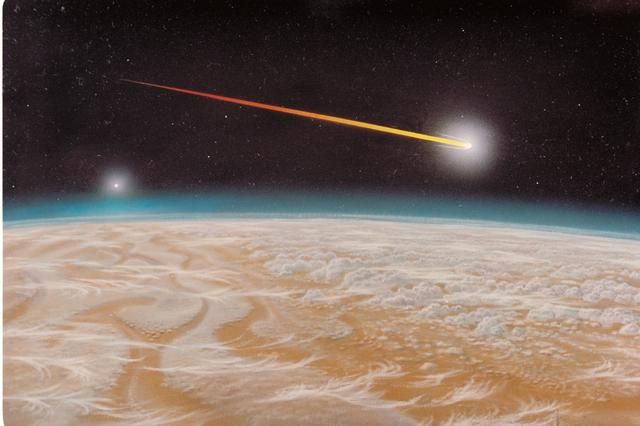On Sept. 21, 2003, NASA’s Galileo mission to Jupiter and its moons came to an end.
After 14 years of exploration, the Galileo spacecraft intentionally fell into Jupiter and disintegrated in the planet’s dense atmosphere. Galileo launched in 1989 from the payload bay of the space shuttle Atlantis and arrived at Jupiter in 1995.
Related: Target: Jupiter — 9 Missions to the Solar System’s Largest Planet
It was the first spacecraft to orbit Jupiter and the first to send a probe into its atmosphere. It discovered evidence of saltwater below the surfaces of three of Jupiter’s moons – Europa, Ganymede and Callisto.
It was purposely put on a collision course with Jupiter because it was running out of fuel, and NASA wanted to make sure that it wouldn’t impact any of Jupiter’s moons that could harbor life in their subsurface oceans.
On This Day in Space Archive!
Still not enough space? Don’t forget to check out our Space Image of the Day, and on the weekends our Best Space Photos and Top Space News Stories of the week.
Follow us @Spacedotcom and on Facebook.

